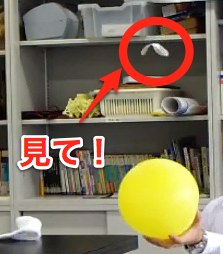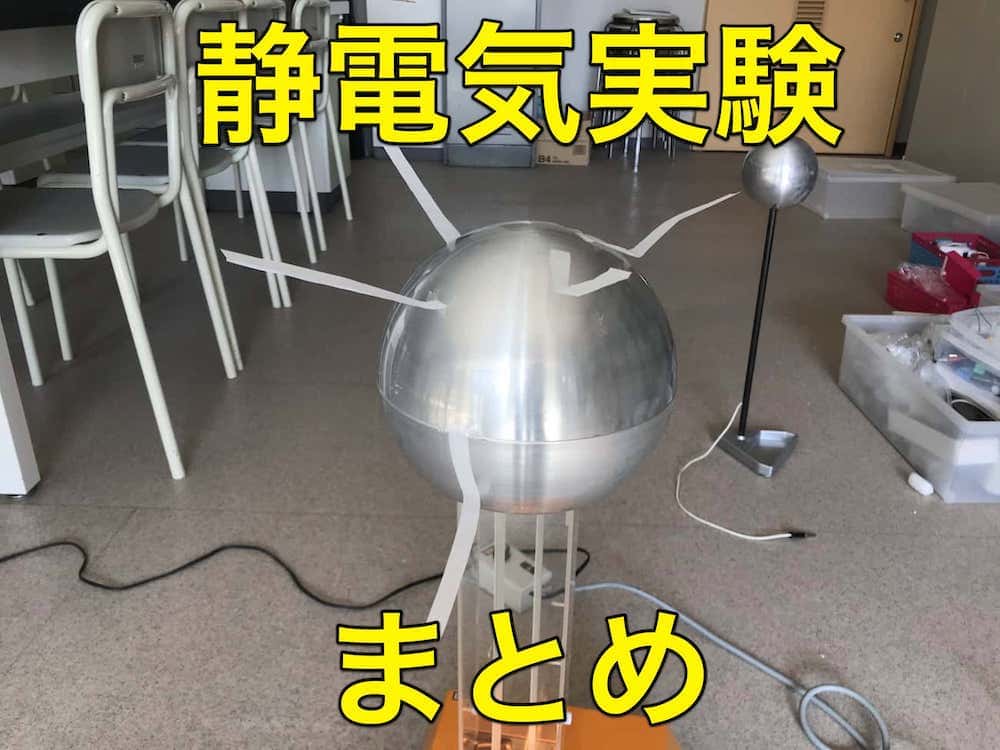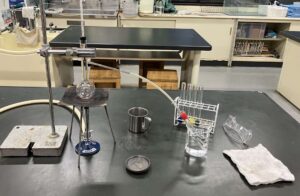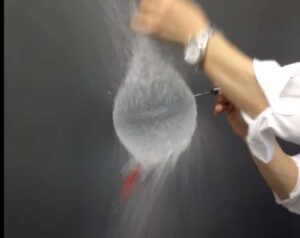Static Magic: Make a Butterfly Hover in Mid-Air with Just a Balloon!
I’m Ken Kuwako, your Science Trainer. Every day is an experiment!
That familiar “zap!” when you touch a doorknob in the winter, or the subtle crackling when you take off a sweater… Static electricity can be a little annoying, right? But did you know this seemingly troublesome force holds a secret, incredible power—a kind of magic? Today, we’re introducing a fascinating science experiment where we use the power of static electricity to make a plastic butterfly flutter and float in the air as if it were alive! No special equipment is needed. Let’s experience the magic of science with things you already have at home.
This experiment is actually an advanced version of a popular demonstration known as the “Electric Jellyfish.” The Electric Jellyfish uses thin strips of plastic tape, but by shaping the plastic into a butterfly, we can create an even more beautiful and captivating sight.
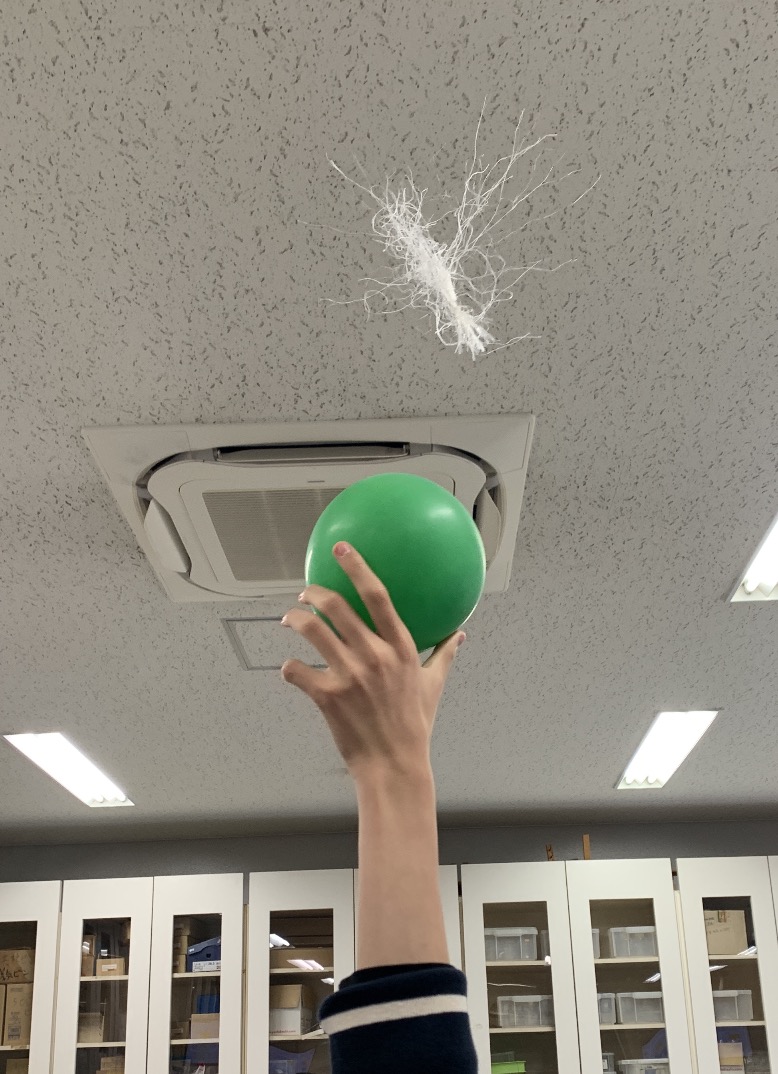
The Electric Jellyfish experiment
Imagine a plastic butterfly dancing and hovering gracefully right above your hand… It will make you feel like a true magician. First, take a look at the wonder in this video:
Pretty cool, right? Now, let’s dive into how you can perform this piece of scientific magic!
What You Need: Gathering Your Magical Supplies!
- Balloon
- Thin plastic bag (like a supermarket shopping bag)
- Permanent marker
- Scissors
- Towel (a dry one)

Method: How to Bring Your Butterfly to Life
Step 1: Create the Butterfly
First, draw a butterfly on the plastic bag using your favorite colors. A key tip is to draw the wings nice and large.

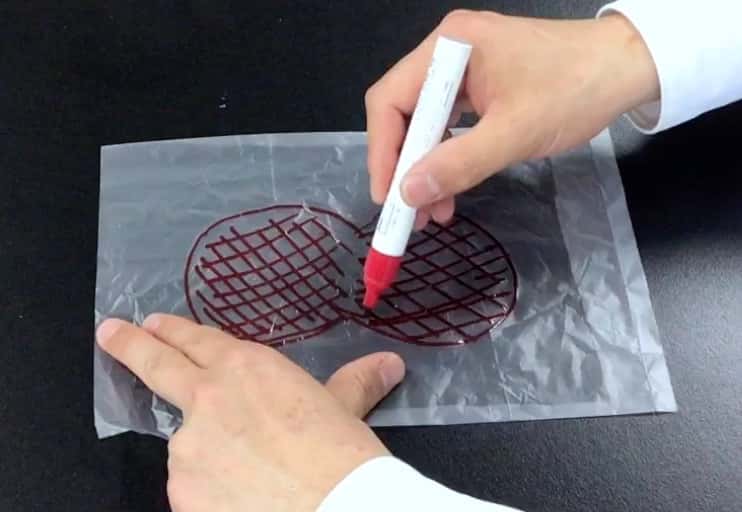
Carefully cut it out with scissors, and your plastic butterfly is complete!
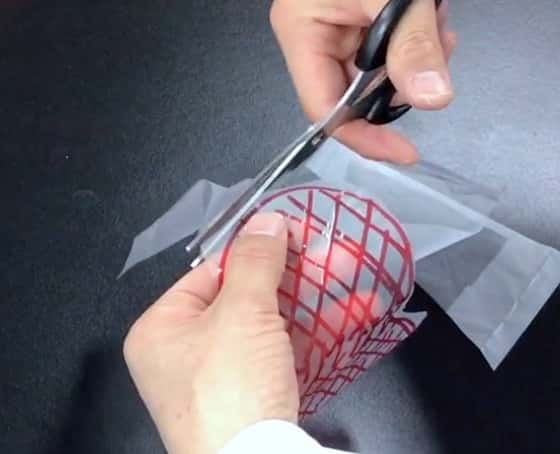
Step 2: Build Up the Static Charge (Electrification)
This is the most crucial step! You need to generate a static charge on both the butterfly and the balloon using the towel. Place the butterfly on a desk and rub it vigorously and firmly with the towel, pressing down. The butterfly will “stick” to the desk, thanks to the static charge. For the balloon, rub its entire surface thoroughly with the towel as well.
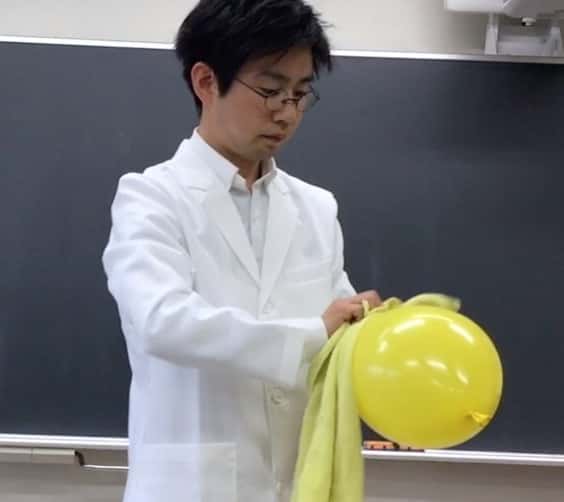
Step 3: Launch the Butterfly into the Air!
Toss the butterfly that is stuck to the desk quickly into the air. It might try to stick to your hand, so the trick is to give it a swift, light toss—a gentle “whoosh!” As the butterfly falls, immediately hold the charged balloon underneath it. Make sure the side of the balloon you rubbed with the towel is facing the butterfly!
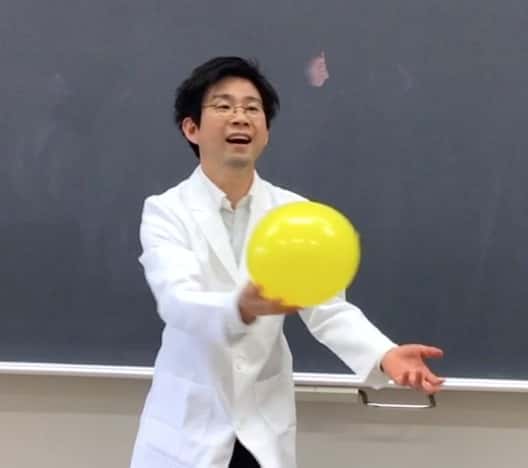
Step 4: The Magic Begins!
If you’ve done it correctly, the butterfly will float gently above the balloon, continuing to dance as if it were alive. If you move the balloon slowly, the butterfly will follow! If it’s not working, try making the butterfly slightly smaller—lighter objects float more easily. Also, you’ll find this experiment is more successful on dry, winter days when the air is less humid!
The Principle: Why Does the Butterfly Float?
The secret to this magic is, of course, “static electricity.” But why does it float? When you rub the plastic butterfly and the rubber balloon with a towel, negative charges (electrons) transfer from the towel onto the butterfly and the balloon. As a result, both the butterfly and the balloon become charged with the same type of electricity: negative charge.
Just like the North and South poles of a magnet, electric charges have a fundamental property: like charges repel each other, and opposite charges attract. Therefore, when the negatively charged butterfly approaches the negatively charged balloon, a repelling force—an invisible “Stay away from me!” push—acts between them.
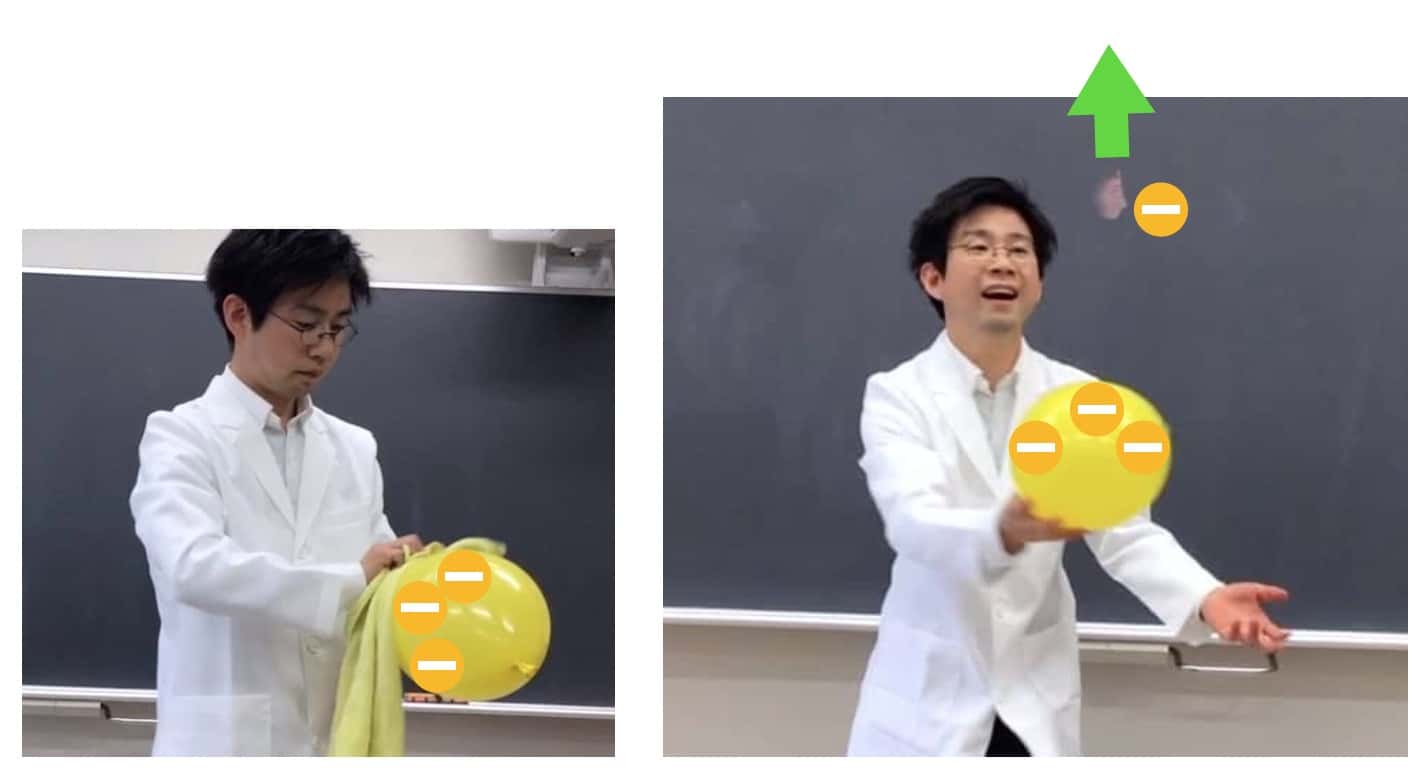
The butterfly, tossed into the air, tries to fall downward due to Earth’s gravity. However, as the balloon approaches from below, the repelling force of the static electricity pushes the butterfly up. When the downward force of gravity and the upward force of static electricity are perfectly balanced, the butterfly can remain suspended in the air!
Into the World of Powerful Static Electricity!
While you can have fun with everyday objects, using a powerful static electricity generator like the Van de Graaff generator allows for even more dynamic and exciting experiments! Think hair standing on end or electricity you can actually see! These include experiments we’ve conducted on TV programs with celebrities like Suzu Hirose, Ryohei Suzuki, Yasuko, and Chocolate Planet’s Osada and Matsuo. If you want to look deeper into the wonders of science, please check out this article:
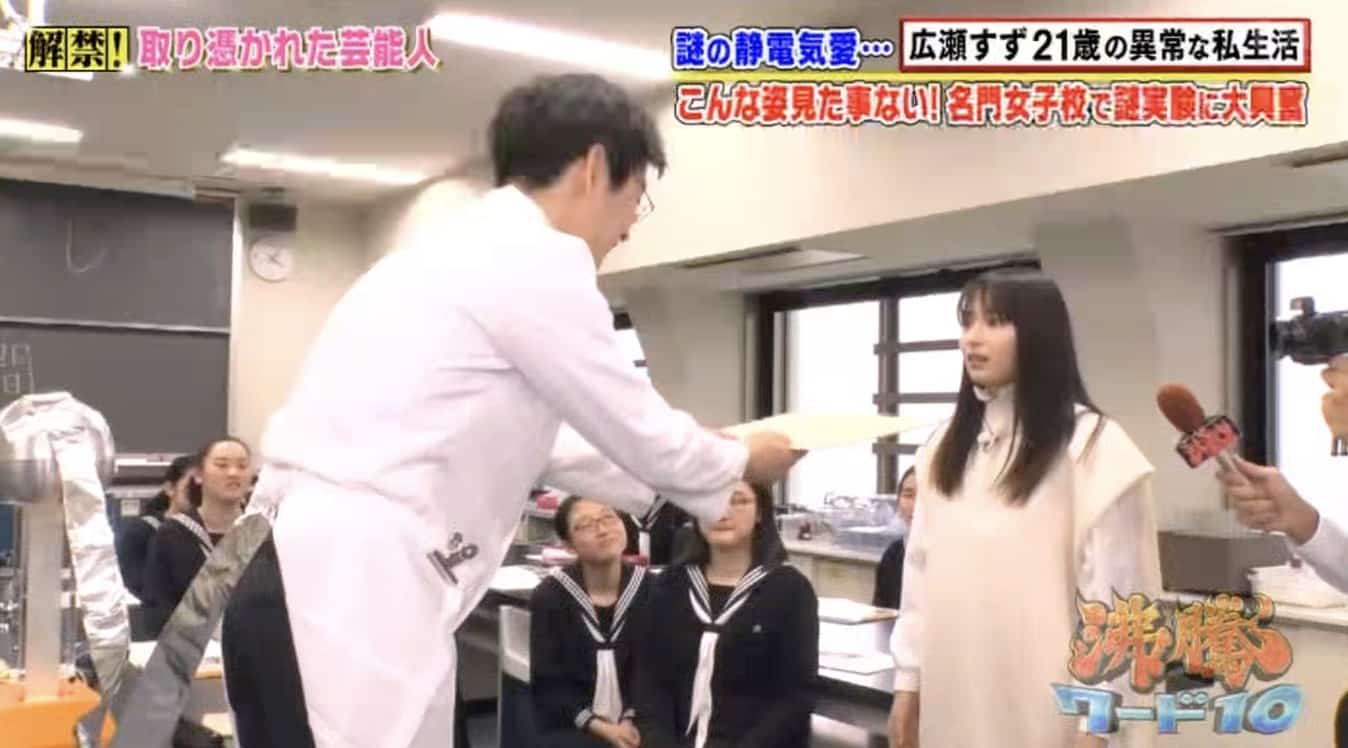
*Please note: Experiments using a static electricity generator (Van de Graaff) must always be conducted under the supervision of a specialist. Please proceed with caution. For requests regarding static electricity experiments (workshops, TV supervision/appearances, etc.), please contact us here.
【Feature】You Won’t Be Able to Stop! Static Electricity Experiments
Inquiries and Service Requests
Want to bring the wonder and fun of science closer to you? We’ve compiled easy-to-understand guides for fun science experiments you can do at home, along with tips and tricks. Feel free to search around!
- The contents of this Science Notebook have been published as a book. Find out more here
- About the operator, Ken Kuwako, click here
- For various requests (writing, lectures, experimental classes, TV supervision/appearances, etc.), click here
- Article updates are posted on X!
![]() Experiment videos are streamed on the Science Idea Channel!
Experiment videos are streamed on the Science Idea Channel!

